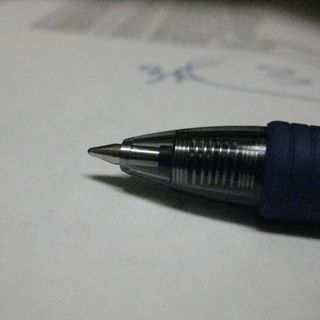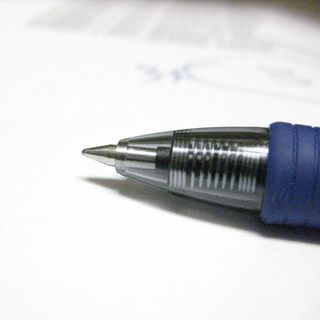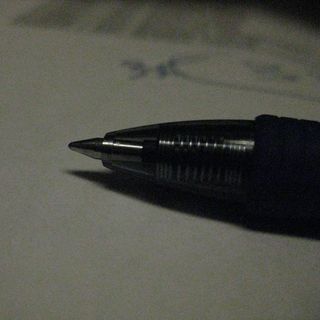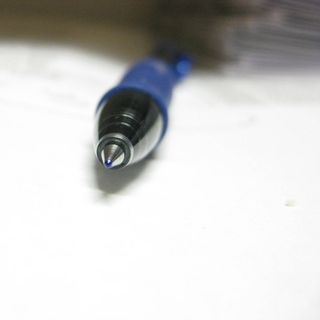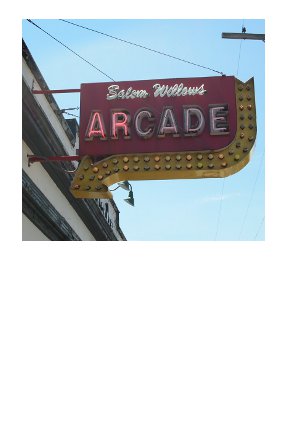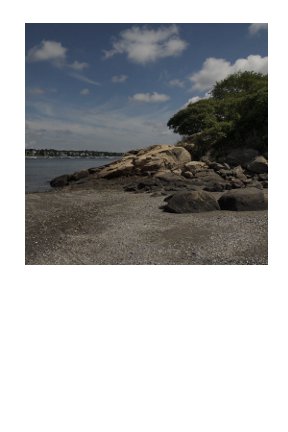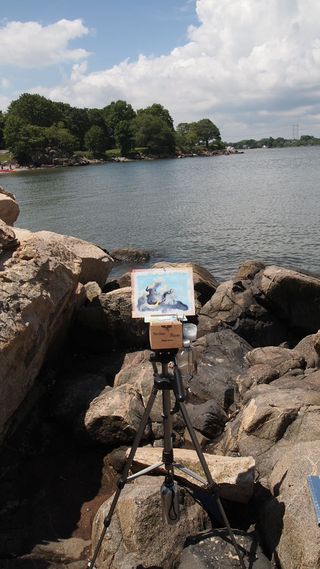I’ve said that I’m anti-copyright, let me explain further why.
I see copyright as an invisible barrier between myself and the viewer of my art and writing. I think art and writing need fewer barriers. I like to think that my writing and art have a relationship with the viewer and when you start a relationship off with a bunch of legal disclaimers, it’s off to the wrong start.
That being said I don’t want people to use my art for just any purpose, I want to have control over who uses it, after all I wouldn’t want to see a a group I dislike using my work. But I really want to see you be able to share if you like something. All I ask is a link back. It's why the blog and my art is licensed under Creative Commons, link is to the left of the screen to provide more information. This allows people to share my work as long as they are not for profit and they provide attribution.
Copyright is designed to protect big companies (the man) and intellectuals from the average person using their stuff. Sadly, it doesn’t do as good a job protecting the average person from big companies snagging their stuff, after all check out the blog You Thought We Wouldn’t Notice. It's a whole site about bigger companies lifting the designs of smaller designers and artists. In some cases the design is a line for line lift, in others it's changed just enough to avoid legal issues*.
I used to be ALL ABOUT THE COPYRIGHT. Remember the woman who bought my journals, only to swipe my design so she could teach it? Or my penslips and the myriad of crafters who thought it would be OK if they made them and sold them? (I now encourage people to take my design and make and sell them, open source crafting.) Or the term I should have trademarked, Jotters?
My initial reaction was that I was pissed off that people would have the gall to take someone else’s design and remake it, stitch for stitch and then sell it, thinking it wouldn’t be noticed. Then I realized, this is the price of doing business, online and offline. (Please note, I’m not saying this is right. It’s still very very wrong.) Crafters and artists have been fighting this fight since, well, probably the dawn of time. I’ve read about people going to craft fairs and snapping pictures of items and then grilling the crafter about how the item was made.
The whole thing is just rude.
I feel like copyright is for “the man” with deep pockets. It doesn’t cost a lot to copyright your work, but as I said previously if I registered for copyright on everything I produce or posted online, I’d soon be broke. Really, what would I have? Other than a bunch of art with a barrier between it and the viewer? Money shouldn’t preclude protection from being ripped off.
I know now that when I post something that I’ve made online that I stand about a 50% chance of having it ripped off by a crafter somewhere.
It’s why I’ve taken the tack of throwing on here all my process shots. If I make something, well, screw the people who want to steal the design and then sell it. No, I’d rather see my readers make it themselves. If you aren’t going to buy an original from me, well make your own.
A friend pointed out to me that the best protection to being ripped off is to be so uniquely you that when you are ripped off it is blatantly apparent.
I am also not a proponent of the idea that everything on the internet is free. There should be respect.
*This is a whole other issue, when designers/artists/authors who understand copyright enough to manipulate what they use just enough that they aren't infringing on the other person's copyright and they can then avoid legal consequences. They can then hide behind the phrase, "ideas can't be copywritten."
